9 Ways to Get Free Plants for Your Home or Garden
Get free plants for your home or garden by following these tips and ideas below. Gardening and keeping houseplants doesn’t have to cost a fortune, sometimes all it takes is a little networking!
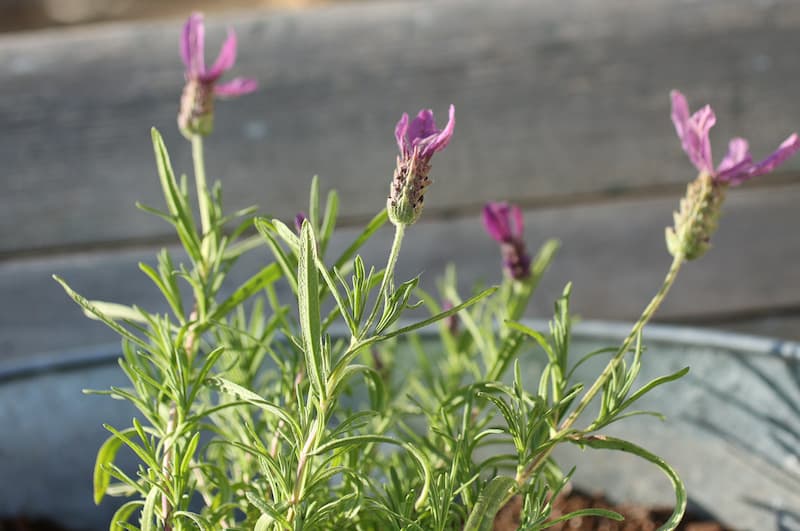
Ask Friends or Family for Starts
If you have friends or family that garden or keep houseplants, they will likely be delighted to share a cutting or start with you.
If you have a plant lady for a friend, she likely has starts already going from some of her more prolific plants. She would probably be very happy to share the plant wealth with another likeminded friend!
Grow from Cuttings
There are so many plants that can be started just from cuttings. This means you can prune the plant back and use the cuttings to start a new plant. Some plants start easily from a cutting, others need a little encouragement from a rooting hormone.
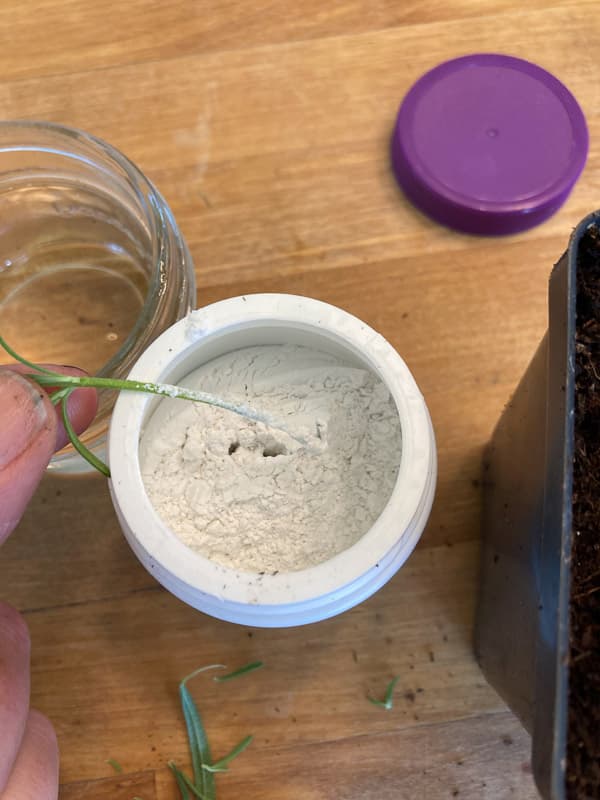
Plants that grow well from cuttings
- Pothos -can easily grow from cuttings in water or soil.
- Spider plant -can grow from cuttings in water or soil.
- Jade plant – A succulent that can grow from stem cuttings.
- Rosemary – A woody herb that can be propagated from stem cuttings.
- Fiddle leaf fig – A trendy houseplant that can grow from stem cuttings.
- Peperomia – A small, low-growing plant that can be propagated from leaf or stem cuttings.
- Coleus – A colorful annual plant that can be propagated from stem cuttings.
- African violet – A popular indoor plant that can grow from leaf cuttings.
- English ivy – A vine that can be propagated from stem cuttings.
- Lavender – A fragrant herb that can be propagated from stem cuttings.
- Hydrangeas-grow well from a cutting with rooting hormone and placed in soil
- Swedish Ivy- grows prolifically from cuttings in water
- Philodendron- grows well from a cutting in water
Learn to Propagate Lavender Here
Save Seeds from Established Plants
- Tomatoes – You can save seeds from the ripe fruit by removing the seeds, rinsing them, and drying them on a paper towel.
- Beans – Allow the beans to mature and dry on the plant, then remove the seeds and store them in a cool, dry place.
- Peppers – Allow the peppers to ripen fully on the plant, then remove the seeds and dry them on a paper towel.
- Sunflowers – Allow the flower heads to dry completely on the plant, then remove the seeds and store them in a cool, dry place.
- Lettuce – Allow the lettuce to bolt and produce seeds, then collect them and store them in a cool, dry place.
- Cucumbers – Allow the cucumbers to mature fully on the plant, then remove the seeds and dry them on a paper towel.
- Squash – Allow the squash to mature fully on the plant, then remove the seeds and dry them on a paper towel.
- Melons – Allow the melons to mature fully on the plant, then remove the seeds and dry them on a paper towel.
- Corn – Allow the corn to dry fully on the stalk, then remove the kernels and store them in a cool, dry place.
- Herbs – Many herbs produce seeds that can be collected and stored, such as basil, parsley, and dill. Wait until the plants have flowered and the flowers have turned brown before collecting the seeds.
Check Out My Shop!
Planners, aprons, pillow covers, and kitchen towels!
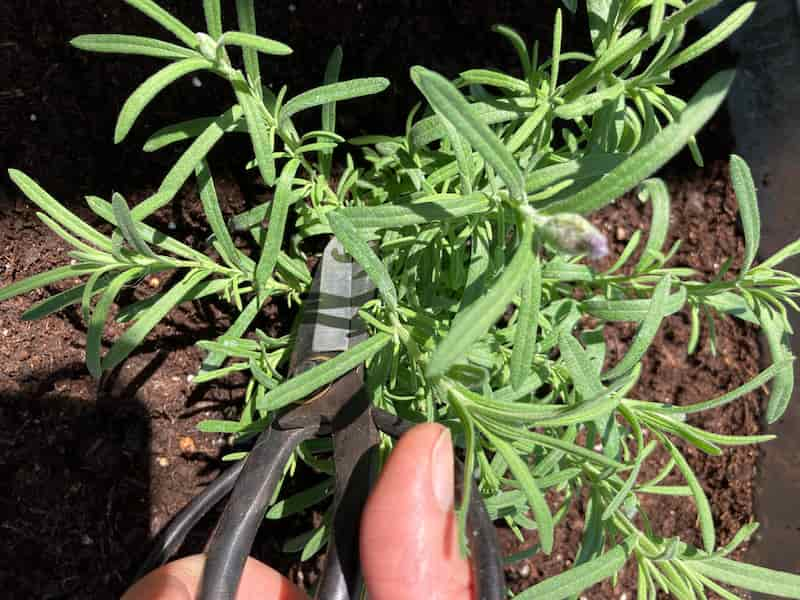
Look on Marketplace
I see people offering their plants for free on Marketplace all the time. They are either moving and can’t take them to their new place, or they need to separate established plants. Often, they will tell you that you can come dig up part of their perennials that need to be thinned out.
We used to live in a larger city and we had loads of established perennials in our front yard. The previous owner had spent countless hours and dollars to make a beautiful garden. People used to knock on our door and ask if they could dig up a few of the uniquely colored irises that were growing out front. I would usually let them as I didn’t have time to thin them out myself!
Relocate Plants
If you have native or wild plants growing around your yard or property, it is easy to dig them up and relocate them to a more desirable spot. The nice thing about native plants is that they usually do really well as they like your climate!
Shop Clearance
I know this isn’t free, but it’s almost free! We have rescued lots of plants from the clearance section of hardware and lawn and garden stores. My husband once came home with enough Boston Ferns for our front porch that he scored for $2 each! They were a little bit spindly and rather dry but we were able to nurse them back to health by repotting them and just nurturing them a bit! Read about caring for Boston Ferns here.
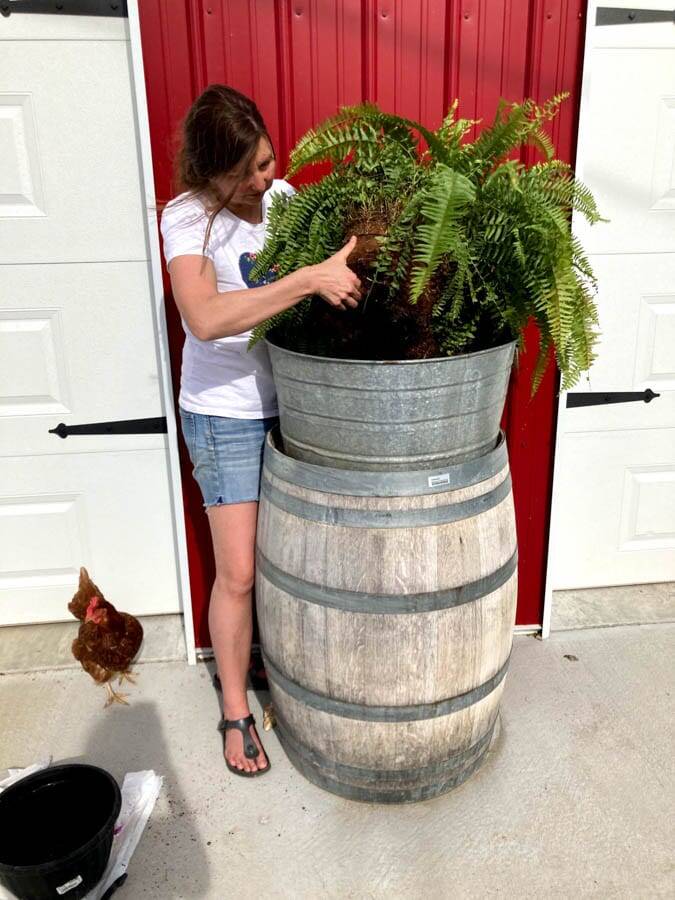
Grab My Garden Planner Here!
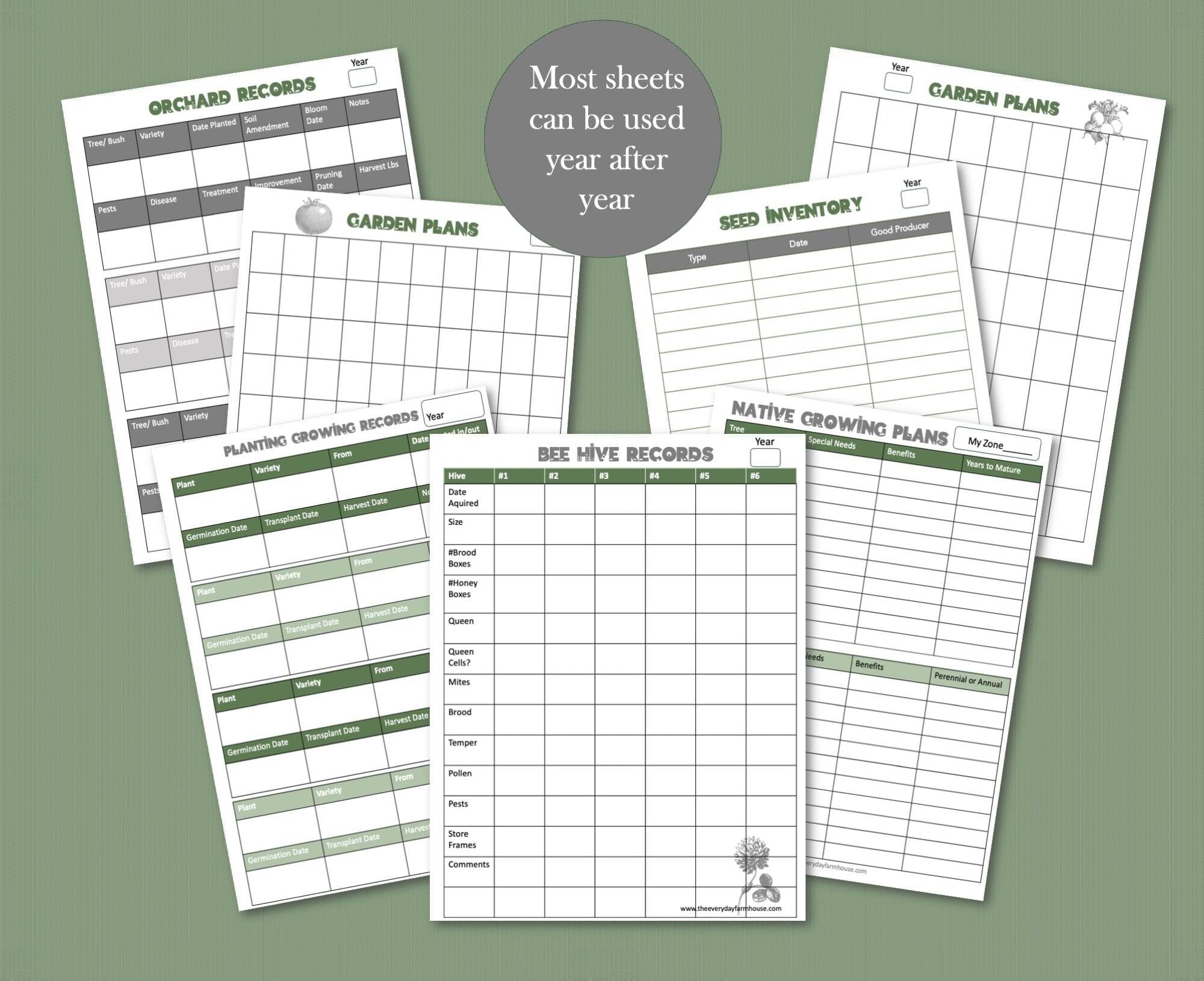
Check with Your Conservation Extension
Our extension offers native tree seedlings for an incredible price. They are usually less than $1 per seedling. Also, attend gardening fairs as the conservation department will often be there handing out seedlings and other freebies.
Add Plants to Your Wishlist
If you are the type of person that keeps a gift wishlist for your family. Add plants to your list!
Host a Plant Swap Party
I have never done this but it seems like such a fun idea! Host a party where everyone brings a start, cutting or plant to share or trade! Plant ladies unite! Ha!
Join a Gardening Group
This is a great way to stay informed on growing habits of other gardeners in your area. You can learn about native plants and likely swap starts and cuttings with other people from the group.
Get Free Plants for Your Home or Garden!
What did I miss? Please share any ideas that you have for getting discounted or free plants for your home or garden in the comments!
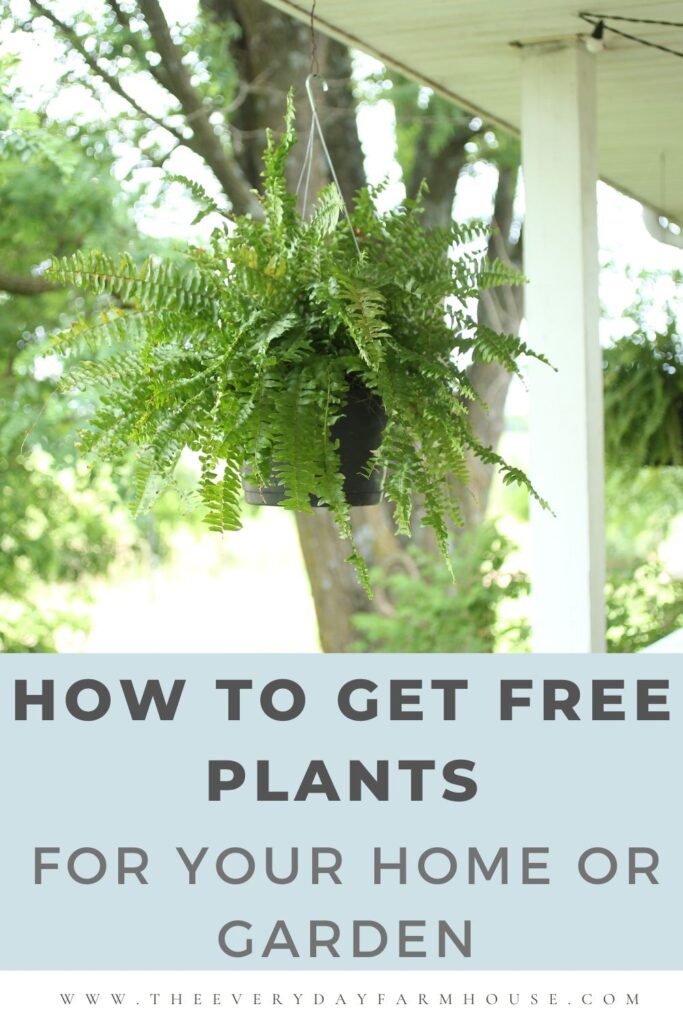

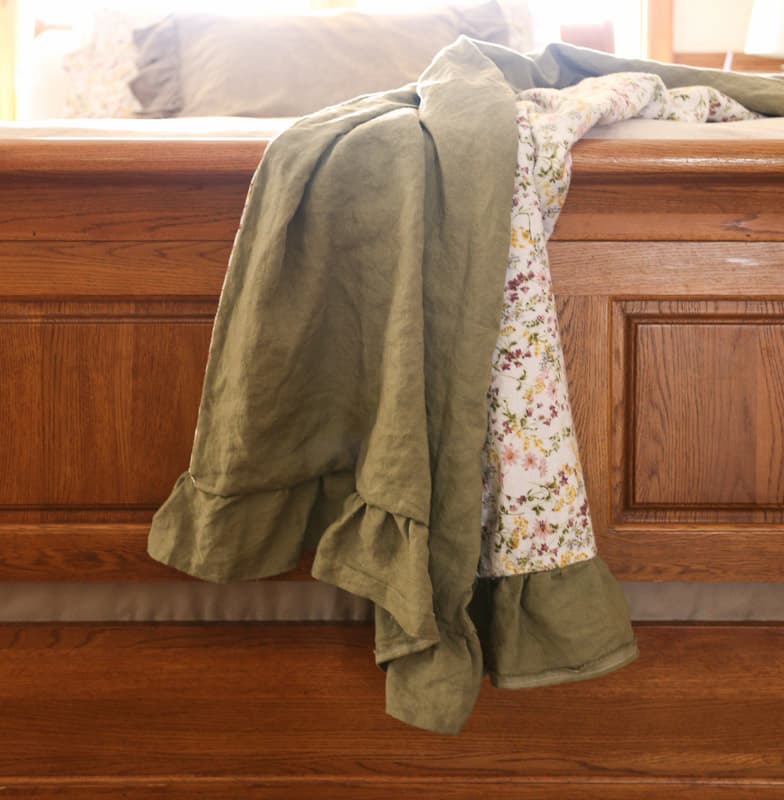
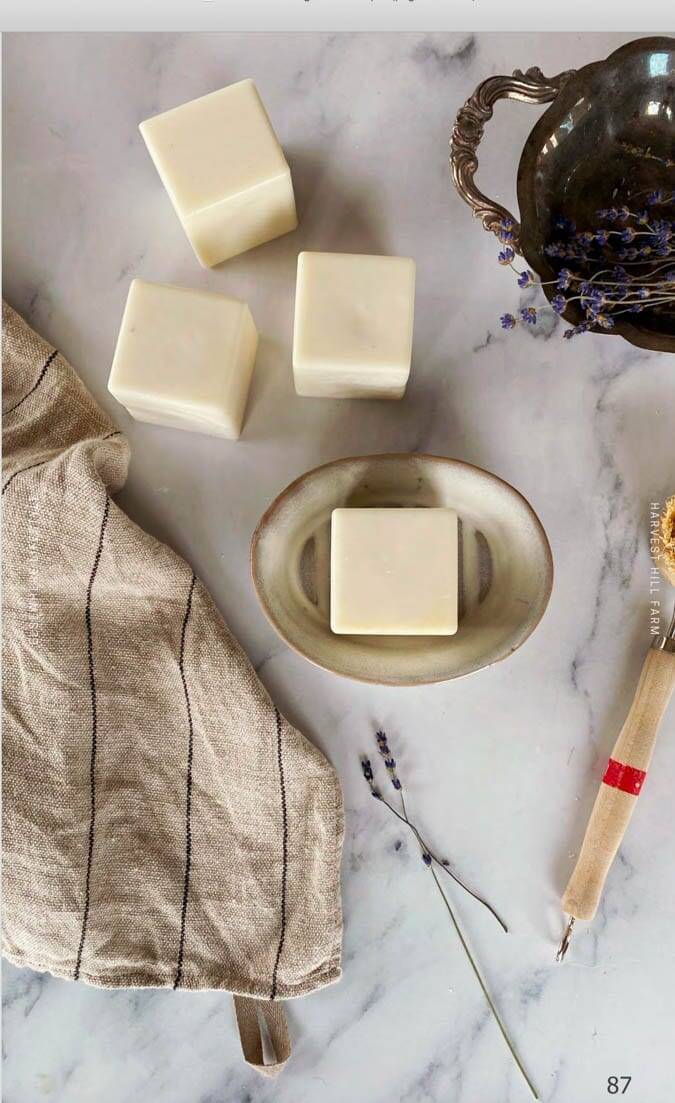



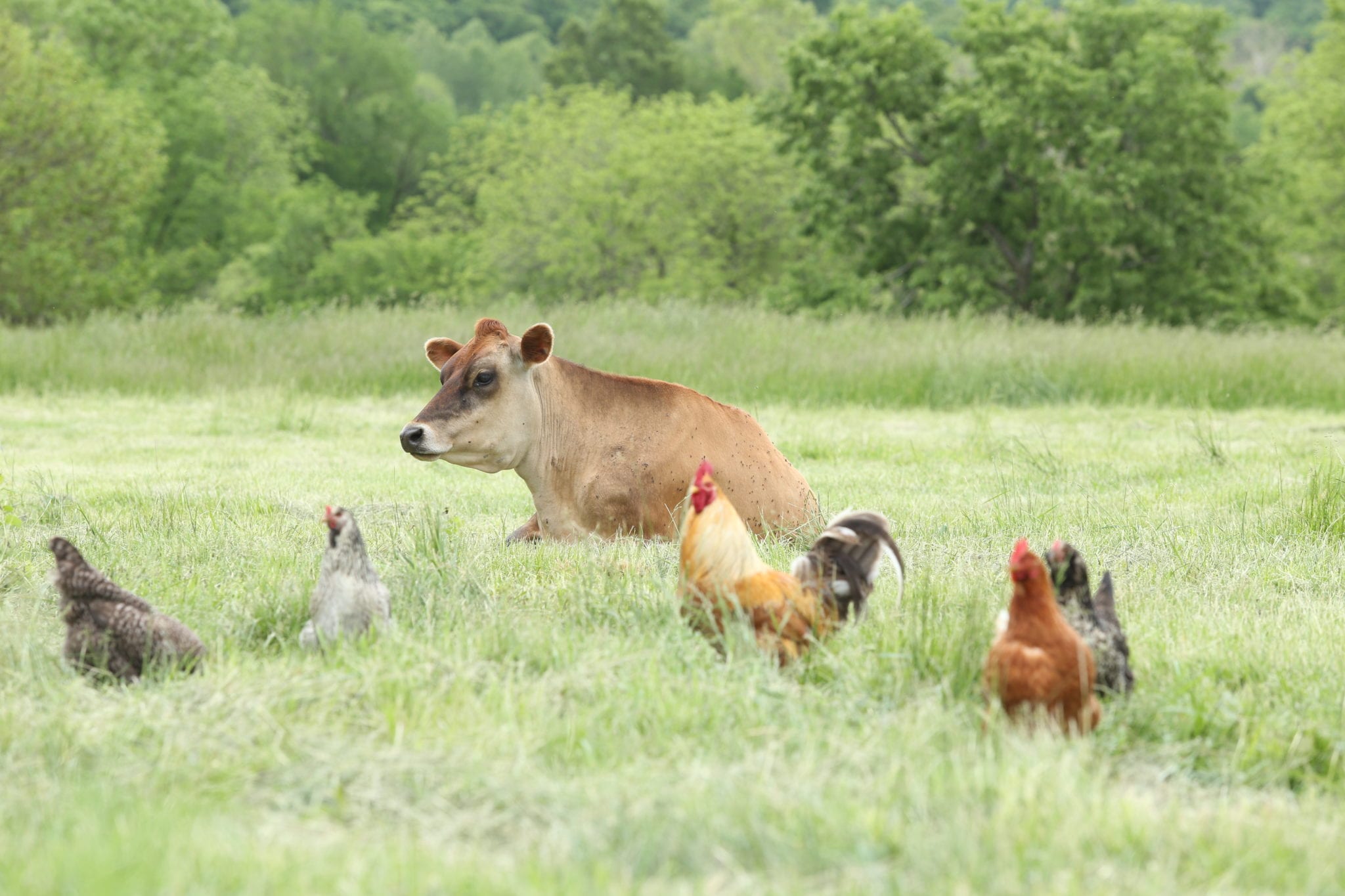
Jenn, I love this post, great ideas. Thanks for sharing your thoughts You know that plants are my hobby. 😊
Most of the ideas came from you!